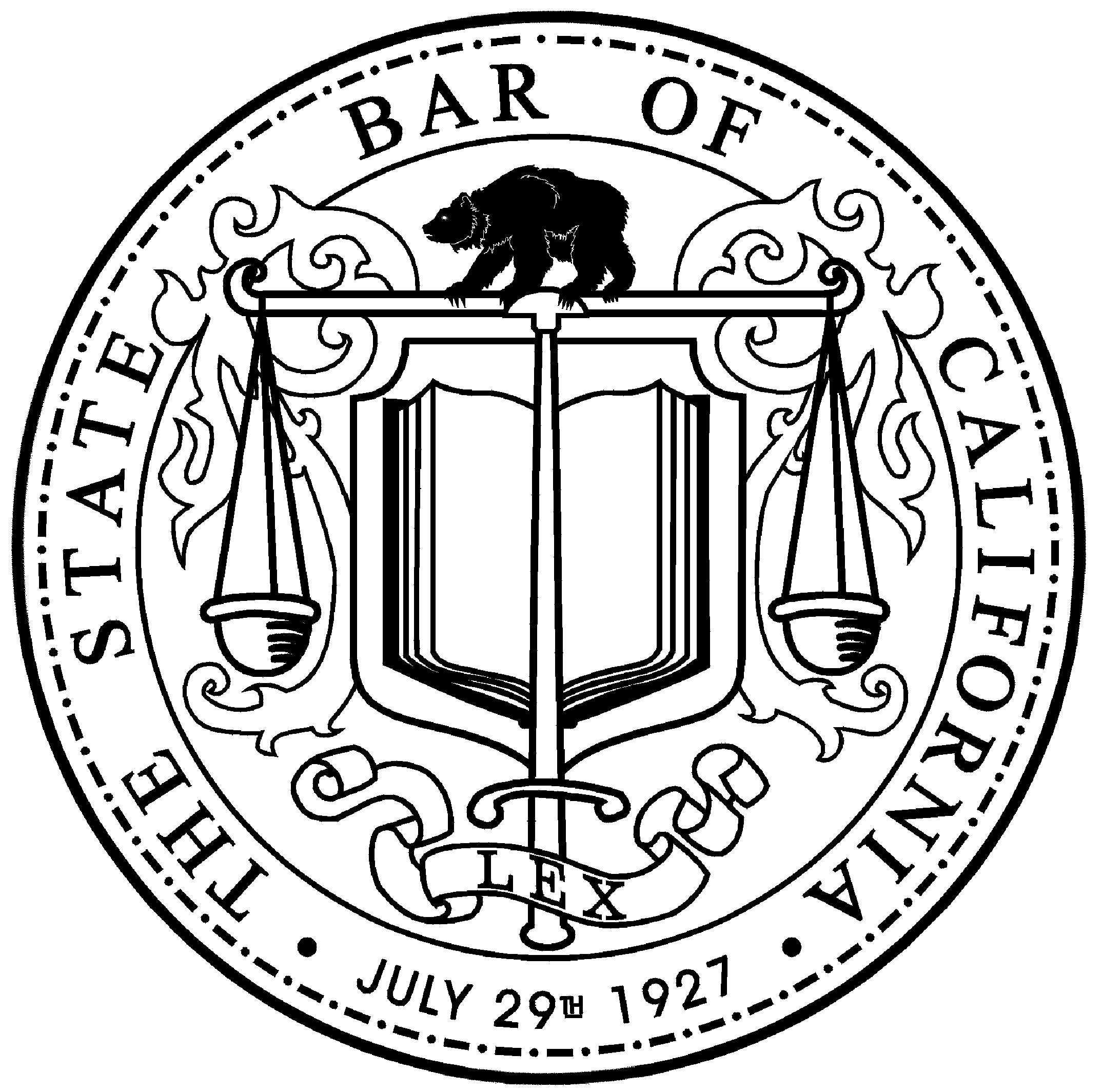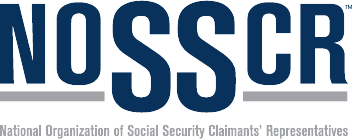Personal Protective Equipment: A Crucial Defense for Worker Safety
From construction sites to healthcare facilities, personal protective equipment (PPE) serves as a vital safeguard against injuries and illness in the workplace. PPE provides a specialized line of defense when occupational hazards cannot be fully engineered out or administered through other means. To understand the capabilities of PPE as well as its limitations, let’s examine the equipment available, proper selection and use factors, maintenance considerations, and recent innovations advancing worker protection.
PPE Defined
In the diverse and ever-evolving landscape of modern workplaces, ensuring the safety and well-being of workers remains a paramount concern. As industries advance and the nature of work becomes more complex, the potential hazards that employees face have also multiplied.
Enter Personal Protective Equipment, commonly known as PPE. This term encompasses a broad spectrum of protective gear designed specifically to counteract these hazards. PPE serves as the first line of defense, acting as a shield that workers can rely on when exposed to potentially harmful environments.
Whether it's a construction worker braving the heights of a skyscraper or a scientist working with volatile chemicals, PPE ensures that they have the necessary protection to carry out their tasks safely. By understanding what PPE is and its significance, we can appreciate the crucial role it plays in safeguarding workers from the myriad of risks they encounter daily.
PPE aims to create a protective barrier between workers and the diverse hazards found in modern work environments:
Impact – falling objects, debris, vehicular collisions
Penetration – sharp surfaces, nails, needles, tools
Compression – roll-overs, pinching, crushing hazards
Chemical exposures – vapors, fumes, splashing liquids
Temperature extremes – intense heat or cold
Respiratory hazards – dusts, mists, fumes
Noise – power equipment, machinery, tools
Radiation – welding, lasers, radioactive sources
Electrical – live currents, wiring, lightning
Proper use of PPE tailored to these hazards is crucial to avoiding injuries, illness, and fatalities across numerous occupations and industries.
Types of PPE
In the vast world of occupational safety, Personal Protective Equipment (PPE) stands as a testament to our commitment to safeguarding workers from potential hazards. As the nature of work diversifies across different sectors, so does the range of risks that employees might encounter. From the roaring noise of machinery to the silent threat of airborne contaminants, dangers lurk in various forms. To combat these, PPE has been meticulously designed and categorized to address specific challenges.
Each type of PPE, whether it's a simple pair of safety goggles or a complex respiratory system, has been crafted with precision, ensuring that workers are not just protected, but also comfortable and efficient in their tasks. As we delve into the different types of PPE, it becomes evident how integral they are in creating a safe and productive work environment.
Head protection – Hard hats shield the head from falling objects, electrical shock, and collisions.
Eye/face protection – Safety glasses, goggles, face shields, and helmets prevent eye injuries from particles, chemicals, or radiation.
Hearing protection – Earplugs, earmuffs, and other hearing devices reduce hazardous noise exposures that can cause permanent deafness.
Respiratory protection – Respirators and masks filter out airborne contaminants to prevent lung diseases.
Hand protection – Gloves made of rubber, leather or other materials provide grip and protect hands from cuts, vibrations, heat, and chemicals.
Protective clothing – Aprons, bodysuits, and full coveralls made of materials like Tyvek resist chemicals, heat, and biohazards.
Foot protection – Steel, alloy, or composite toe boots protect feet from compression, electrical currents, and chemical exposures.
Specialized PPE like fall harnesses, welding shields, insulated gear, and high visibility apparel provide protection specific to industry and task risks as well.
Importance of Proper PPE
While the primary objective of any safety protocol is to eliminate or reduce hazards at their source, there are scenarios where this isn't always achievable. It could be due to the inherent nature of a job, technical limitations, or the unpredictability of certain tasks. In such situations, PPE emerges as the guardian, the final shield that stands between workers and potential harm. It's not just about wearing a helmet or donning gloves; it's about ensuring that every individual in a workspace returns home without harm. The significance of PPE transcends its physical form; it embodies an organization's commitment to the well-being of its workforce, emphasizing that safety isn't just a protocol, but a value.
Well-chosen Personal Protective Equipment (PPE) plays a pivotal role in preventing needless injuries, disfigurement, and disabilities that can arise from preventable incidents. Moreover, in situations where accidents are inevitable, the presence of PPE can greatly diminish the severity of the damage and trauma sustained. Beyond immediate physical protection, certain PPE types, such as respirators, chemical suits, and sound-dampening devices, are instrumental in preventing long-term occupational illnesses. The consistent and proper use of PPE across an organization not only safeguards individual employees but also fosters a broader culture of health and safety.
Additionally, it's essential for employers to recognize their legal obligations. The Occupational Safety and Health Administration (OSHA) mandates employers to provide appropriate PPE and ensure its regular use. Failing to adhere to these requirements can result in significant fines, emphasizing the importance of compliance.
While ideally risks get controlled at the source, PPE stands as the last critical barricade when other options are exhausted.
Selecting Appropriate PPE
To select PPE that adequately reduces risks without impeding work, key steps include:
1. Hazard assessment
A detailed hazard analysis of each work area guides proper PPE selection. Assessment involves identifying sources of hazards, the dangers they pose, and their severity.
2. Match PPE to hazards
Once hazards are known, PPE is chosen that specifically creates a barrier to those risks.
3. Ensure proper fit
PPE must properly fit each worker to provide adequate protection. Facial sizes, hand size, body type and other factors should be considered.
4. Evaluate comfort and ergonomics
Workers will resist wearing PPE that is extremely uncomfortable or hinders task performance. Balancing protection and comfort improves compliance.
5. Review certifications
PPE must meet testing and certification standards like ANSI and NIOSH to provide genuine protection.
Relying on general PPE without considering the unique hazards and worker requirements for each job can greatly reduce its effectiveness.
Using and Maintaining PPE Correctly
The true essence of PPE lies not just in its possession but in its correct utilization and diligent maintenance. Just as a shield in battle is only as good as the warrior's ability to wield it, PPE can only offer optimal protection when used correctly and kept in prime condition. It's not merely about having the right gear; it's about ensuring that every piece of equipment is understood, respected, and integrated seamlessly into daily operations. This commitment to proper use and maintenance ensures that the protective barrier remains intact, safeguarding workers from potential hazards day in and day out.
Every employee must undergo comprehensive training on the use of Personal Protective Equipment (PPE). This training should encompass understanding when and how to use each type of PPE, recognizing its limitations, inspecting for any damage, ensuring the right fit, and learning the correct methods to care for it. It's imperative that any equipment showing signs of wear, such as cracks, holes, looseness, warping, fogging, or other damage, be immediately taken out of service and replaced.
Furthermore, it's crucial to adhere to detailed procedures to sanitize PPE between uses. Proper storage is equally important, ensuring that the equipment is kept away from potential harm in protective cases, lockers, or bags. Lastly, supervisors play a vital role in this process. They should consistently monitor for compliance, ensuring that any missing or damaged PPE is promptly replaced and that employees are retrained on its proper use when necessary.
Even high-performing PPE loses effectiveness if not consistently used, replaced when worn, or cared for appropriately according to manufacturer specifications.
Linking PPE and Workers’ Compensation
The use of personal protective equipment also relates closely to workers’ compensation claims and costs. Preventable injuries equate to unnecessary claims expenses that cause insurance premiums to rise over time.
Some key connections between PPE and workers’ compensation include:
PPE prevents minor injuries from becoming major claims – Small cuts or one-time chemical splashes preventable with gloves or goggles can turn into serious medical claims without proper PPE.
PPE reduces claim severity – Wearing protection like helmets, respirators, and hearing protection reduces the extent of trauma from any accidents that do happen. Less severe injuries incur lower medical and disability costs.
Slippery slope effect – Minor claims addressed with PPE are less likely to become cumulative trauma or cause secondary injuries down the road, containing long-term costs.
Demonstrates safety culture – Companies promoting comprehensive PPE use signal a strong safety culture that keeps overall claim frequency low through multiple risk reduction strategies.
Ensuring workers have and properly use appropriate PPE specific to their hazards not only prevents injuries, but also helps control workers’ compensation costs by avoiding unnecessary claims and containing claim severity. PPE is just one part of creating a workplace culture focused on safety. But it stands as an essential component that both protects workers and protects the bottom line.
Conclusion
Personal protective equipment provides an essential last barrier between workers and the myriad hazards found in modern workplaces when other controls are not feasible. However, PPE is only effective when conscientiously matched to risks, properly fitted and consistently used and maintained. Ongoing training and monitoring ensures PPE provides optimal protection amid continually evolving work environments and safety challenges.
FAQ
1.Who pays for required PPE?
Employers are responsible for providing and paying for any PPE required to protect workers from occupation hazards as part of the employer’s legal duty to furnish a safe workplace.
2. How often must PPE be replaced?
PPE must be replaced as soon as it shows signs of wear, damage, expiration or deterioration that reduce its protective value. Certain items like respirator cartridges must be replaced on a fixed schedule.
3. Are employers required to provide PPE training?
Yes, OSHA requires employers to train each employee on proper use, care, cleaning, maintenance and limitations of any required PPE. Retraining also occurs when new equipment is adopted.
4. Can workers provide their own PPE?
Some roles allow employee-provided PPE, but employers remain responsible for ensuring it offers adequate protection. Self-provided PPE must still meet regulatory requirements and company hazard analysis specifications.
5. What are common mistakes when selecting PPE?
Common mistakes include focusing only on the price rather than protection level needed for the application, ignoring comfort and fit factors that affect compliance, providing generic one-size-fits-all PPE, and neglecting regular replacement of damaged PPE.
Cole, Fisher, Cole, O’Keefe + Mahoney is Central California’s leading workers’ compensation and social security disability law firm. With over 30 years of successful experience, we are committed to securing maximum benefits for our clients in the Fresno, California area. Schedule a free consultation today.
© 2025 Cole, Fisher, Cole, O’Keefe + Mahoney
Making a false or fraudulent workers’ compensation claim is a felony subject to up to five years in prison, or a fine of up to $150,000 or double the value of the fraud, whichever is greater, or by both imprisonment and fine.






